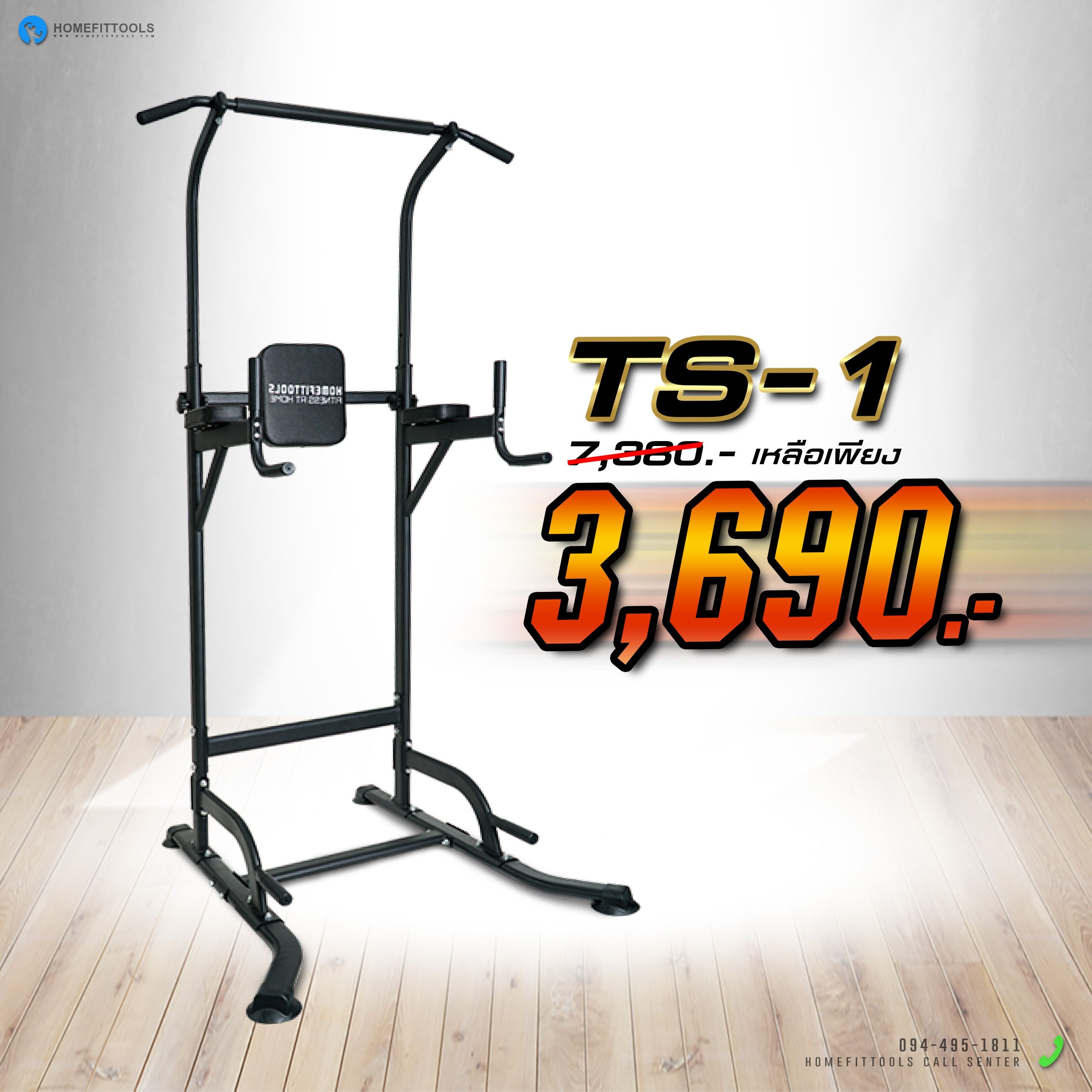When it comes to building upper body strength, few exercises can rival the power of the pull-up. But to perform this exercise, you'll need the right equipment. Enter the pull-up bar—a simple, yet highly effective tool that has been helping fitness enthusiasts of all levels develop stronger arms, shoulders, and back muscles for years. บาร์โหน

What is a Pull-Up Bar?
A pull-up bar is a sturdy horizontal bar, often made of metal or other durable materials, that is used for performing pull-ups and other related exercises. These bars can be installed in a doorframe, mounted on a wall, or even come as part of a free-standing unit. The simplicity of the design makes it an accessible option for anyone looking to add an effective upper body workout to their routine.
How the Pull-Up Bar Works
The primary purpose of the pull-up bar is to assist in performing pull-ups. This bodyweight exercise involves lifting yourself up using your arms, shoulders, and back muscles. As you pull yourself up towards the bar, you engage a range of muscles, including your biceps, triceps, lats, traps, and core. The act of pulling yourself up challenges both your muscle strength and endurance.
Types of Pull-Up Bars
Pull-up bars come in several different forms, each offering its own set of benefits:
-
Doorway Pull-Up Bars: These are designed to fit over a doorframe and are a great option for those with limited space. They are typically adjustable and easy to install without requiring permanent alterations to your living space.
-
Wall-Mounted Pull-Up Bars: These bars are more permanent and are typically bolted into the wall. They offer more stability and can support heavier weight compared to doorframe models. Wall-mounted bars are ideal for those with dedicated workout spaces.
-
Free-Standing Pull-Up Bars: These are independent units that can be moved around and used for various exercises. They often come with adjustable heights, making them a versatile choice for different workouts.
-
Ceiling-Mounted Pull-Up Bars: These bars are fixed to the ceiling, offering a permanent solution for those who have the space and the right setup for this type of installation.
Benefits of Using a Pull-Up Bar
-
Upper Body Strength: Pull-ups are one of the most effective exercises for developing strength in the upper body. They target muscles in the arms, shoulders, back, and chest. Regularly using a pull-up bar will result in noticeable improvements in muscle definition and strength.
-
Core Engagement: While pull-ups primarily focus on the upper body, they also engage the core. As you pull your body upward, your core muscles—particularly the abdominals—must work to stabilize your body. This can lead to increased core strength over time.
-
Convenience: Having a pull-up bar at home eliminates the need for a gym membership or long trips to the gym. It offers an easy and convenient way to get a solid workout in without having to leave the house.
-
Variety of Exercises: A pull-up bar is versatile and can be used for more than just pull-ups. You can also perform chin-ups, leg raises, hanging crunches, and even use it for stretching and mobility exercises. This variety keeps your workouts fresh and engaging.
-
Improved Posture: Strengthening your back and shoulder muscles can help improve your posture. As you become more accustomed to pull-ups, you’ll likely notice a difference in how you stand, with a more upright and confident posture.
Tips for Using a Pull-Up Bar Effectively
-
Start Slow: If you’re new to pull-ups, don’t worry if you can’t complete one right away. Use resistance bands or try assisted pull-up machines at the gym to build strength. Gradually reduce the assistance until you can do unassisted pull-ups.
-
Proper Form is Key: To get the most out of your pull-up bar workout, it’s important to maintain proper form. Keep your shoulders engaged and avoid swinging your legs or body excessively, as this can lead to injury.
-
Consistency is Crucial: Like any exercise, progress takes time. Aim to incorporate pull-ups into your routine consistently. Even if you can only do a few at first, stick with it, and you’ll see improvements over time.
-
Mix It Up: Incorporating different variations of pull-ups (such as chin-ups, neutral grip, or wide-grip pull-ups) can help target different muscles and prevent plateaus.
Final Thoughts on the Pull-Up Bar
The pull-up bar might seem like a basic piece of equipment, but it can unlock a world of fitness benefits. Whether you’re looking to build strength, improve endurance, or work on your posture, the pull-up bar can be an incredibly effective addition to your workout routine. Plus, its simplicity and affordability make it a must-have tool for anyone looking to achieve their fitness goals. So if you haven’t already, it might be time to add a pull-up bar to your home gym and start reaping the rewards!



